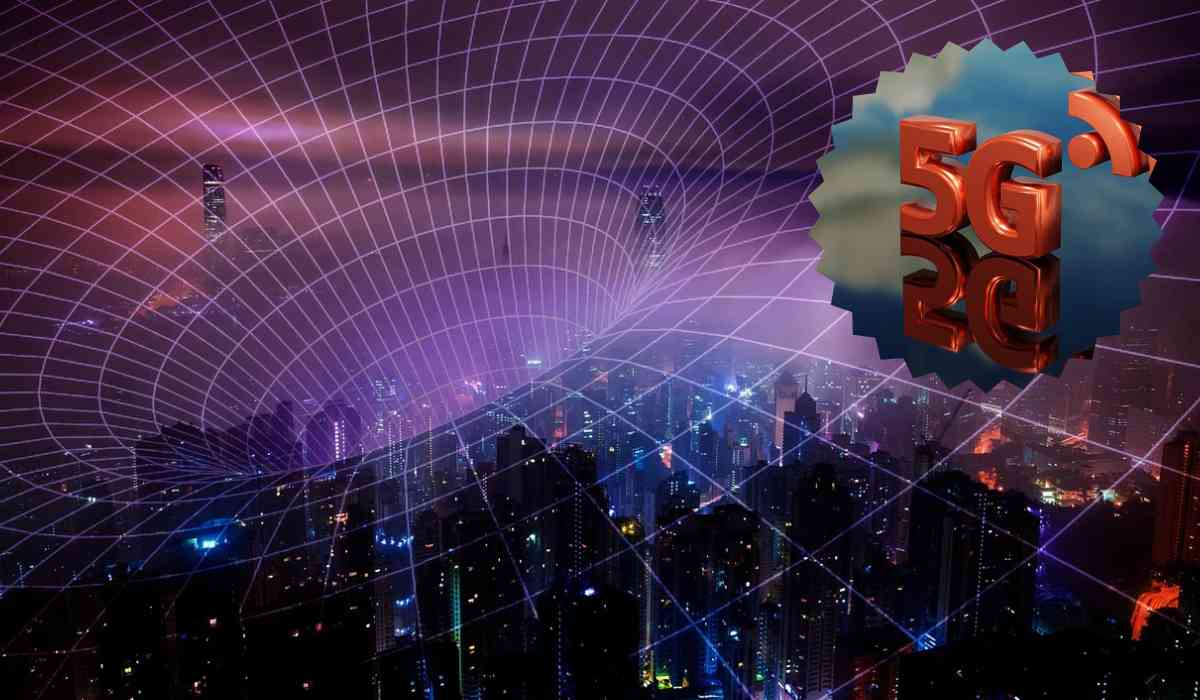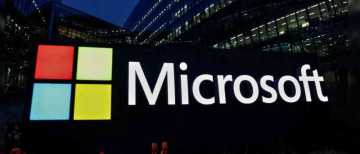Introduction:
In an age where connectivity fuels innovation and redefines the boundaries of possibility, the emergence of 5G technology stands as a transformative milestone. As each generation of mobile networks built upon its predecessor's capabilities, 5G arrives as a quantum leap, promising not merely an evolution but a revolution in connectivity. From the days of 1G enabling voice calls to the data-centric capabilities of 4G, the advent of 5G embodies unparalleled speed, ultra-low latency, and exponential bandwidth, poised to redefine industries, societies, and individual experiences. This article aims to dissect the intricate tapestry of 5G technology and unravel its profound impact on connectivity across various spheres of life.

Understanding 5G Technology
5G technology represents a paradigm shift in the realm of wireless communication, fundamentally altering the way data is transmitted, processed, and utilized. At its core, 5G operates on three primary pillars: enhanced mobile broadband (eMBB), ultra-reliable low latency communication (URLLC), and massive machine-type communication (mMTC). Unlike its predecessors, 5G harnesses a higher frequency spectrum, including millimeter waves, enabling unprecedented data speeds that can surpass gigabit-per-second thresholds. The integration of technologies like Massive Multiple Input Multiple Output (MIMO) and beamforming optimizes spectral efficiency and signal reliability, allowing for more devices to connect simultaneously without compromising performance.
Moreover, the architectural design of 5G networks, transitioning towards a software-defined approach, fosters flexibility and scalability, facilitating the deployment of network functions in a more distributed manner. This distributed nature, coupled with edge computing capabilities, significantly reduces latency, making real-time applications and services not just conceivable but practical.
The spectrum bands allocated for 5G—low-band, mid-band, and high-band (mmWave)—each bring distinct advantages and challenges. While low-band ensures wide coverage but moderate speeds, mid-band strikes a balance between coverage and speed. However, it's the high-band spectrum that holds the promise of extraordinary speeds but comes with limitations in coverage due to its shorter range and susceptibility to environmental obstacles.
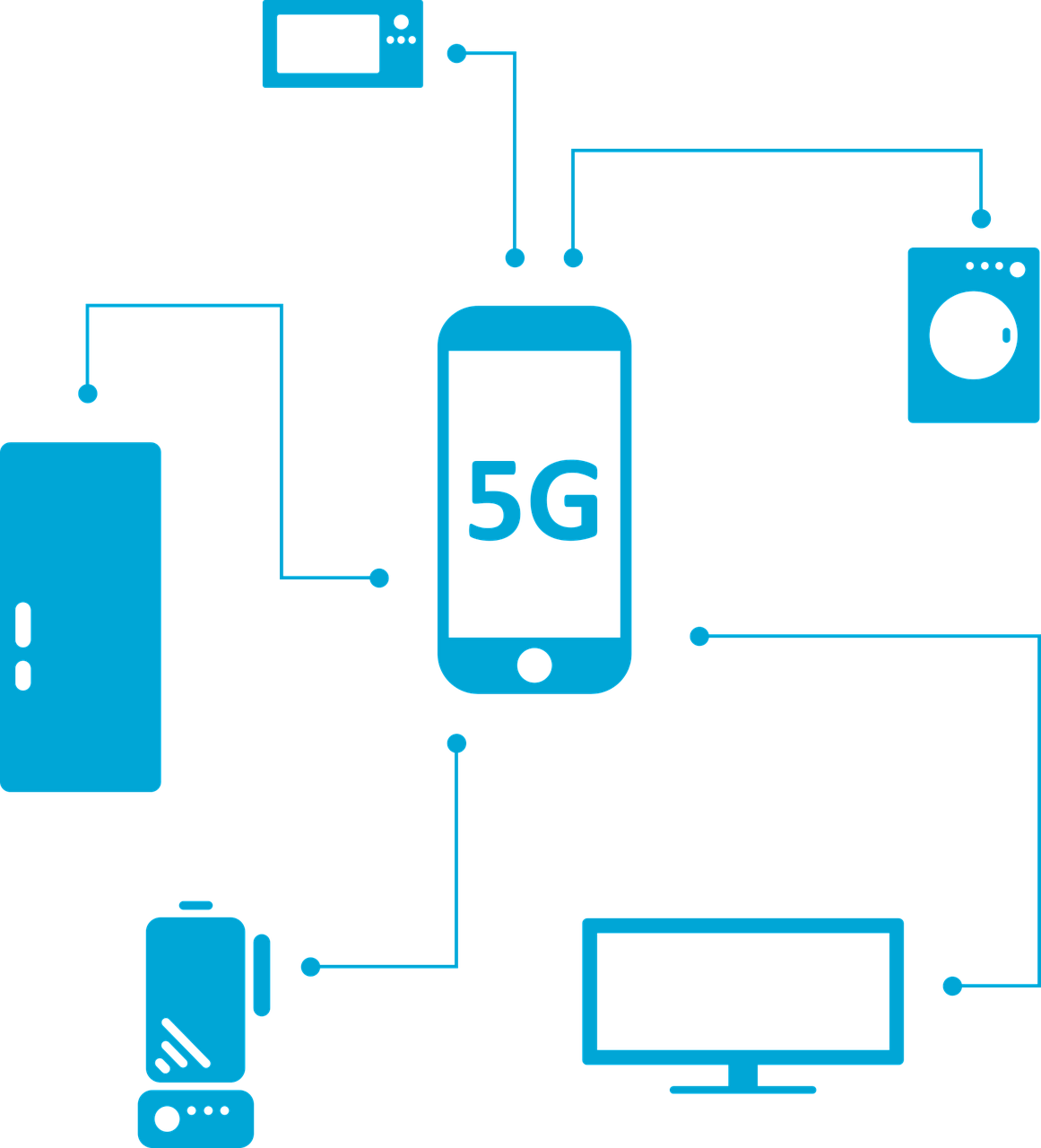
As 5G technology continues to evolve and permeate global networks, its amalgamation of speed, low latency, and capacity heralds a new era of connectivity, empowering industries and societies in ways previously unimagined.
Enhanced Connectivity through 5G
The transformative potential of 5G extends far beyond mere speed and latency improvements. Its impact reverberates across diverse sectors, revolutionizing the way industries operate and individuals interact with technology. In healthcare, the introduction of 5G facilitates telemedicine with its reliable, high-speed connectivity, enabling remote consultations, real-time data transmission from wearables, and even remote surgeries conducted by experts miles away.
Transportation undergoes a monumental shift with the integration of 5G. The promise of ultra-low latency empowers autonomous vehicles to make split-second decisions, enhancing safety and efficiency on roads. Traffic management systems, supported by 5G's capability to handle massive concurrent connections, pave the way for smarter, more adaptive infrastructure.
Manufacturing processes undergo a renaissance through the implementation of 5G-enabled Industrial Internet of Things (IIoT). The technology's ability to handle a vast number of devices with minimal latency facilitates seamless coordination between machines, improving efficiency, predictive maintenance, and overall productivity.
Entertainment experiences are redefined as 5G offers the bandwidth necessary for high-definition streaming, augmented reality (AR), and virtual reality (VR) applications. From immersive gaming experiences to interactive educational content, the possibilities for entertainment become boundless.

The IoT ecosystem expands exponentially with 5G, empowering smart cities and homes. Connected devices, sensors, and systems enable efficient resource management, environmental monitoring, and personalized user experiences, fostering sustainability and convenience.
The amalgamation of 5G technology with various sectors epitomizes a monumental leap forward, fostering innovation and unlocking possibilities that were once confined to the realms of science fiction.
Economic and Social Impact
The widespread deployment and adoption of 5G technology not only catalyze technological advancements but also hold significant promise for economic growth and social transformation. Economically, the rollout of 5G networks fuels job creation across various sectors, ranging from telecommunications infrastructure development to the proliferation of new services and applications reliant on high-speed connectivity. Estimates suggest that the global economic impact of 5G could reach trillions of dollars by enabling innovative solutions and fostering digital transformation across industries.
Moreover, the societal implications of improved connectivity through 5G are profound. Bridging the digital divide becomes a tangible reality as 5G reaches remote and underserved areas, providing access to educational resources, telemedicine, and economic opportunities that were previously inaccessible.
Education undergoes a transformation as 5G enables immersive and interactive learning experiences. Virtual classrooms, remote access to educational resources, and collaborative learning environments become more accessible, democratizing education and fostering lifelong learning.
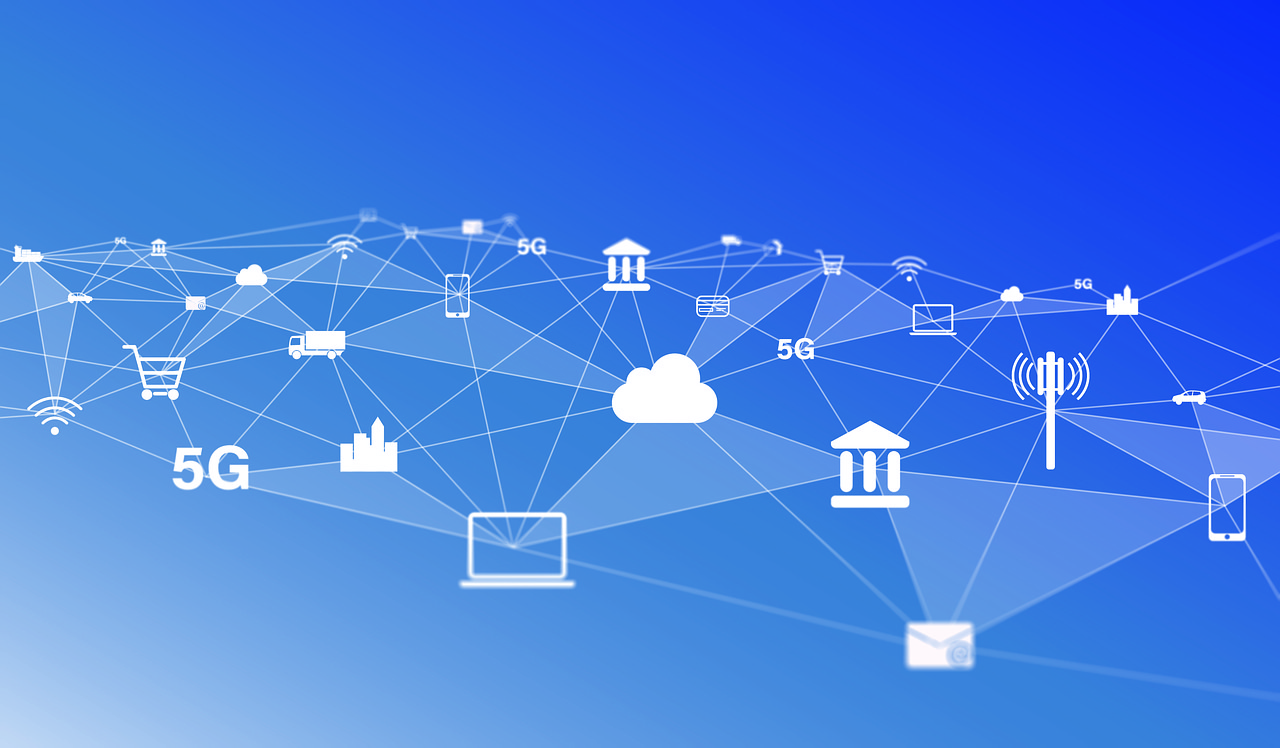
The potential for digital inclusion expands as 5G enables previously marginalized communities to access vital services and participate in the digital economy. This technological empowerment contributes to societal equity and inclusivity.
However, alongside these positive impacts, it's crucial to address the challenges and concerns that arise with the proliferation of 5G technology. Regulatory frameworks, security protocols, and ethical considerations must evolve to safeguard privacy, ensure data security, and mitigate potential risks associated with the vast interconnectivity enabled by 5G networks.
The economic and social implications of 5G underscore its pivotal role in shaping not only technological landscapes but also the fabric of societies worldwide.
Challenges and Concerns
The widespread adoption of 5G technology brings forth a spectrum of challenges and concerns that demand careful consideration. One of the primary concerns revolves around the infrastructure required for deploying 5G networks. The implementation of small cells, massive MIMO antennas, and the necessary fiber-optic backbone demands substantial investment and extensive infrastructure development, posing logistical and financial challenges for service providers and governments.
Security remains a paramount concern in the 5G landscape. With an increased number of connected devices and data traversing networks at unprecedented speeds, the vulnerability to cyber threats escalates. Ensuring robust security measures, encryption protocols, and authentication mechanisms becomes imperative to safeguard sensitive data and prevent potential breaches.
Moreover, the question of regulatory frameworks and standardization arises as 5G technology proliferates globally. Harmonizing standards and policies across countries and regions becomes crucial to ensure interoperability, mitigate fragmentation, and facilitate seamless global connectivity.
Amidst the technological advancements, concerns regarding potential health effects due to increased exposure to radiofrequency radiation emitted by 5G infrastructure persist. While scientific research indicates no conclusive evidence of adverse health impacts, ongoing studies and continuous monitoring remain essential to address public concerns and ensure safety.
Addressing these challenges and concerns requires a collaborative effort involving governments, industry stakeholders, regulators, and the public to navigate the evolving landscape of 5G technology responsibly.
Global Adoption and Future Prospects
The global landscape of 5G adoption showcases varying degrees of progress across different regions and nations. Countries at the forefront of 5G deployment, such as South Korea, China, and the United States, have made significant strides in rolling out 5G networks, paving the way for innovative applications and services. Other regions, while on the path to adoption, face challenges related to infrastructure, spectrum allocation, and regulatory frameworks, hindering widespread deployment.

Looking ahead, the future of 5G holds immense promise in shaping emerging technologies and revolutionizing industries. The convergence of 5G with artificial intelligence (AI), augmented reality (AR), and virtual reality (VR) is poised to unlock unprecedented possibilities. AI-driven applications leveraging the high-speed, low-latency capabilities of 5G enable real-time data analysis, predictive analytics, and autonomous decision-making in various sectors, from healthcare to manufacturing and smart cities.
The evolution towards 6G technology begins to take shape on the horizon, envisioning even faster speeds, lower latency, and novel applications that further augment connectivity. Research and development efforts directed towards 6G aim to surpass the capabilities of 5G, fostering innovations that redefine communication, computation, and interaction paradigms.
As the journey of 5G unfolds, the interplay between technological advancements, regulatory landscapes, and societal needs will continue to shape the trajectory of connectivity, opening new vistas of possibility and propelling humanity towards a more interconnected future.
Conclusion:
The advent of 5G technology marks a pivotal moment in the evolution of connectivity, ushering in an era of unparalleled speed, ultra-low latency, and vast connectivity that transcends boundaries. Its impact resonates across industries, societies, and individual experiences, promising transformative changes and unlocking unprecedented possibilities.
From revolutionizing healthcare, transportation, and manufacturing to fostering digital inclusion and redefining entertainment and education, 5G stands as a catalyst for innovation and progress. The economic potential and societal implications of enhanced connectivity through 5G underscore its significance in shaping the future landscape of technology and human interaction.
However, with these advancements come challenges and responsibilities. Addressing infrastructure requirements, ensuring robust security measures, and navigating regulatory landscapes are imperative steps in harnessing the full potential of 5G while safeguarding against potential risks.
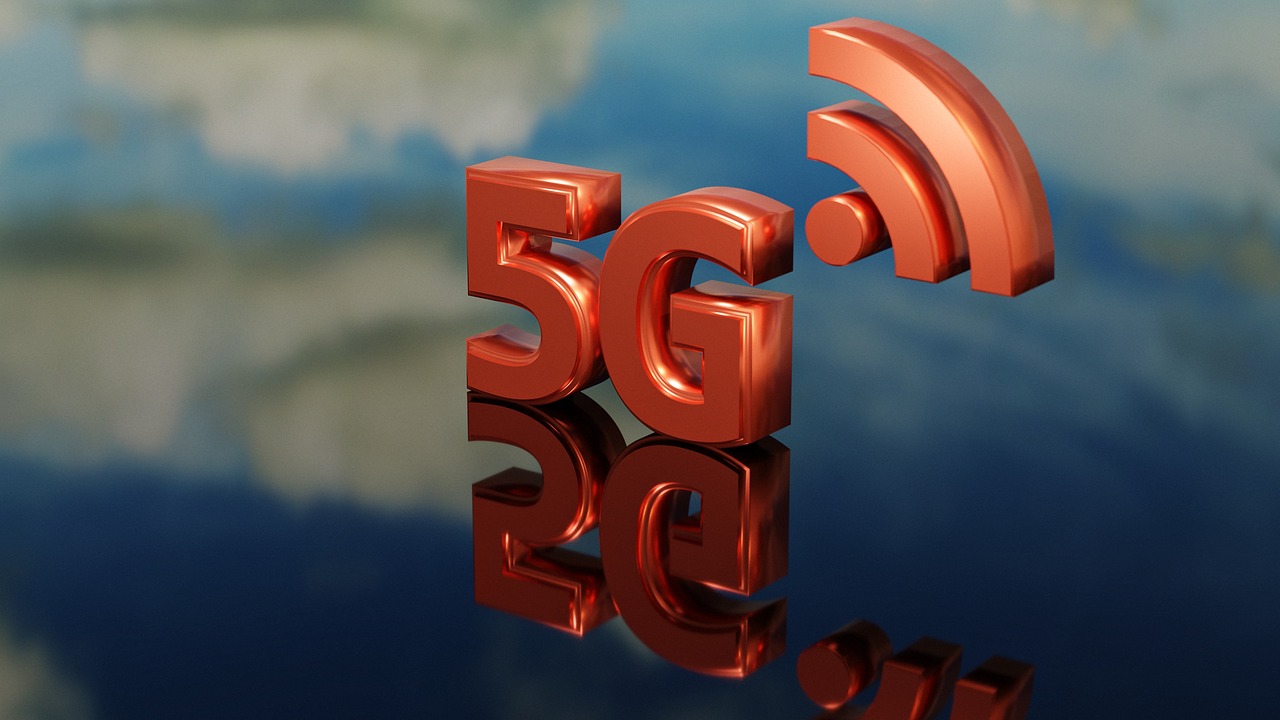
As 5G continues its global deployment and evolution, the journey towards enhanced connectivity and technological innovation persists. Embracing the possibilities, mitigating challenges, and collaborating across sectors and borders will pave the way for a more interconnected, empowered, and resilient future powered by the transformative force of 5G technology.
In the pursuit of an interconnected future, 5G technology stands as a testament to humanity's relentless drive for progress. Its evolution epitomizes innovation's power to transcend limitations and redefine what's achievable. The fusion of cutting-edge technology with human ingenuity propels us towards uncharted territories, where the boundaries between the physical and digital worlds blur, and possibilities are limited only by our imagination.
The journey doesn't end with 5G; it's a stepping stone towards an even more connected tomorrow. As we stand at the brink of the 6G era and beyond, the lessons learned from 5G's deployment—innovation, collaboration, and responsible technological advancement—guide us in shaping a future where connectivity is not just ubiquitous but empowering, inclusive, and ethically sound.
Ultimately, the story of 5G is not merely about technology; it's about the profound impact it has on our lives. It's about bridging distances, creating opportunities, and amplifying human potential. Embracing this transformative technology with a vision that balances progress with responsibility ensures that the promise of 5G becomes a reality for everyone, everywhere.
The legacy of 5G is not just in the speed it offers but in the transformation it inspires—a world where connectivity isn't a privilege but a fundamental right, empowering individuals, industries, and societies to thrive in an ever-evolving digital ecosystem.
© Copyright 2024. All Rights Reserved Powered by Vygr Media.

